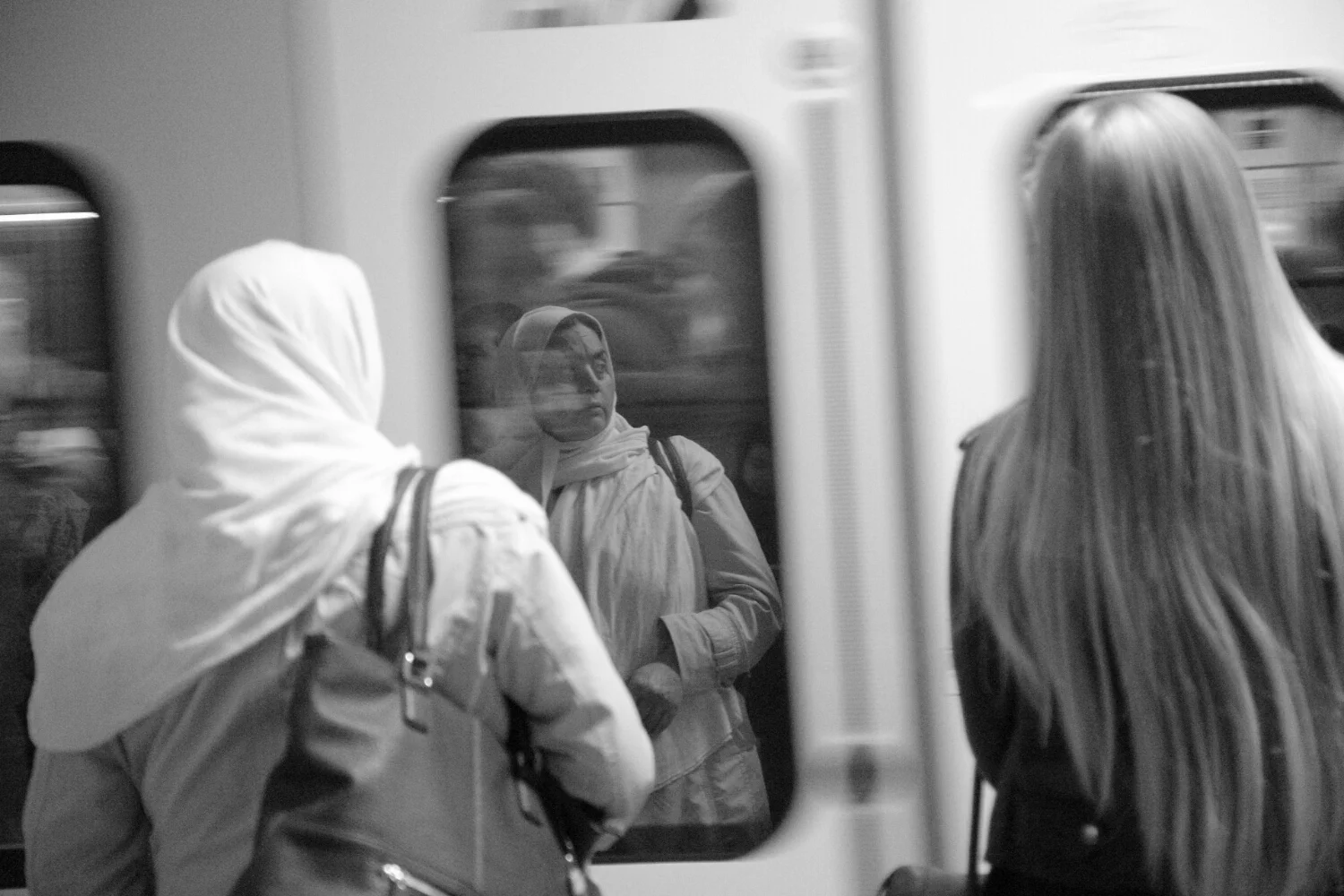This is an image I took a couple of years ago while walking down the Zeil shopping street in the middle of Frankfurt. I spotted the guy sitting on the floor begging while being almost walked over by all the shoppers and as I went to take a photo, the guy in the sharp suit and carrying a Gucci bag walked out. I didn't have the time to check my settings were right and there's a lot of blur as I moved the camera to get the shot. I still like the photo but wish I had prepared more to get the shot I wanted right.
The old school street photographers like Cartier Bresson didn't have digital cameras with auto exposure or even auto focus, so how were they able to get shots that I can still fluff with the latest technology?
It all comes down to anticipating that decisive moment. No matter how good your equipment is, it can't anticipate your needs in 10 seconds time. To anticipate well, you need to know your camera inside out but you also need to know people and how they will behave. The camera is perhaps simpler to work out first. You can figure out what iso, fstop and shutter speed you will need in advance. Half press your shutter to test objects around you and see what values you come up with. Dial in the values that work for most of your tests and you might be close enough to get a good exposure when you need it.
Don't wait until the action is happening in front of you to twiddle with the settings or expect that an automatic program will necessarily get it right for you. A starting point for your settings may be to increase the iso (especially at night) higher than the base iso so that you can increase the f stop. (If you have f5.6 or f8 already set in your camera, you can expect more of the scene to be in focus).
Don't rely on auto focus to work. At night, you can almost always guarantee your auto focus won't work accurately or fast enough. If you have a lens that allows you to use full time manual focus, you could already set your lens at 3m or so away. Learning what the hyperfocal distance is for your lens and settings can mean you don't even need auto focus to get the shot. If everything is set up already, you just need to aim and shoot!
I have a Rollei 35 film camera that has only manual focus and no screen to confirm exactly how far away the focus is set. It would give most modern DSLR users the sweats just thinking about taking photos without a computer to make sure you don't mess up. But the more you don't have the technicology to do your thinking for you, the sooner you will be able to judge what your settings should be or how far objects are away from you. It's even a fun exercise to guess how far away a person, tree, bench etc is and then see if you are correct by focusing with a DSLR and checking the distance on your lens if it has a distance scale.
If I had set my camera up correctly for the conditions and already prefocussed at a reasonable distance, I would've got a much better photo. Do you have any other tricks that help you get the settings you will need without relying on your camera to do the thinking?






